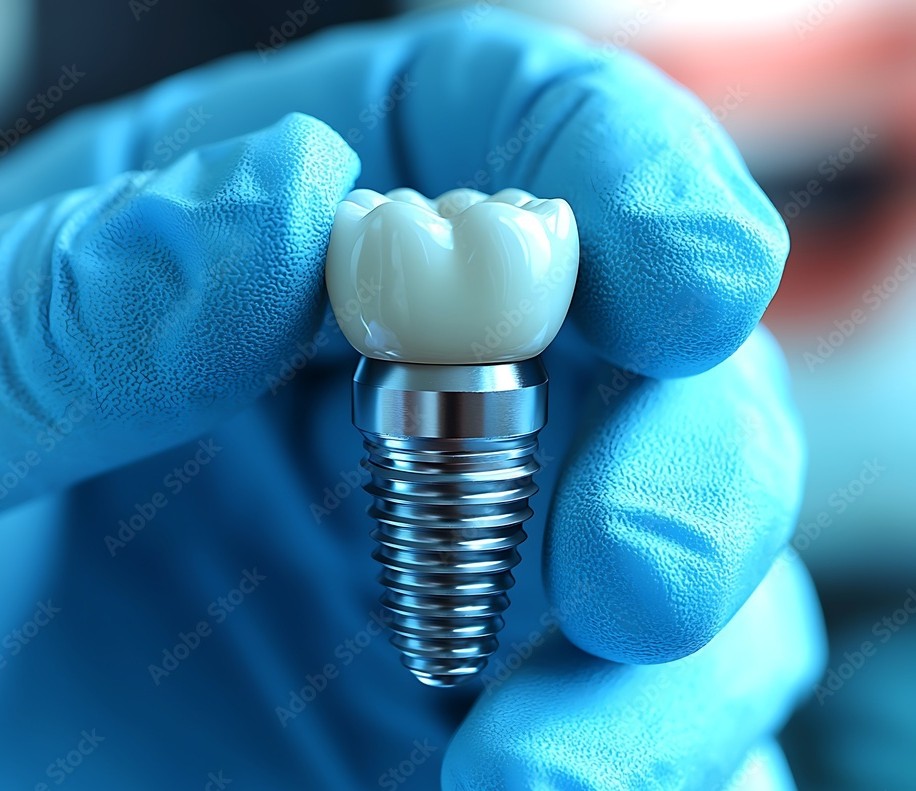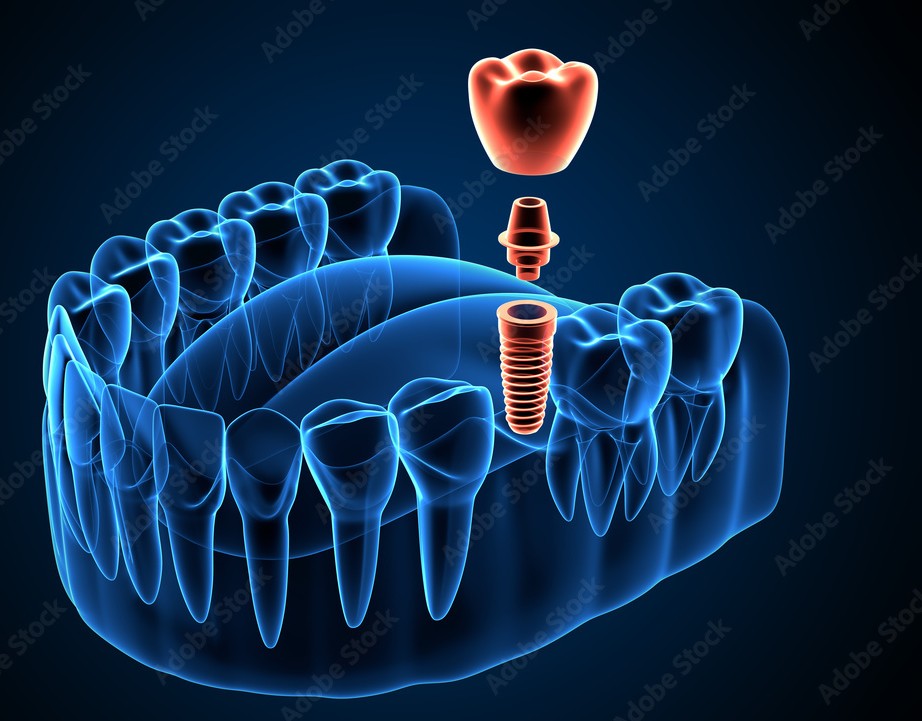Dental Implants


Renew Your Smile: The Power of Dental Implants
Dental implants are a revolutionary innovation in dentistry, offering a permanent and natural-looking solution for replacing missing teeth. Unlike dentures or bridges, implants mimic the function and aesthetics of natural teeth, restoring your confidence and improving your oral health.
What Exactly is a Dental Implant?
A dental implant is a small, screw-like post, typically made of titanium, surgically placed into your jawbone. This post acts as an artificial tooth root, providing a stable foundation for a replacement tooth. The replacement tooth itself can be a crown, bridge, or denture, depending on your specific needs.
Here’s how dental implants work:
- Osseointegration: The titanium material in the implant has a unique property – it fuses with the jawbone through a process called osseointegration. This creates a strong, long-lasting connection between the implant and the bone, mimicking the natural function of a tooth root.
- Support and Stability: Dental implants provide unmatched support and stability for replacement teeth. Unlike dentures that can slip or become loose, implants offer a secure foundation for eating, speaking, and smiling with confidence.
- Improved Oral Health: By replacing missing teeth with implants, you prevent the surrounding teeth from shifting and becoming misaligned. This helps maintain proper jawbone health and prevents further tooth loss.
The Dental Implant Procedure: A Step-by-Step Look
The dental implant procedure is typically performed in stages over a few months, allowing for healing between each step. Here’s a simplified overview:
- Consultation and Planning: During the initial consultation, your dentist will assess your jawbone health, discuss your treatment goals, and create a personalized treatment plan. X-rays or CT scans might be needed to evaluate the bone structure.
- Implant Placement: Under local anesthesia, the dentist surgically inserts the implant post(s) into the jawbone. Stitches might be used to close the gum tissue around the implant site.
- Healing and Osseointegration: Over the next few months, the jawbone heals and fuses with the implant post through osseointegration. During this time, you’ll wear a temporary restoration or modified diet for optimal healing.
- Abutment Placement: Once osseointegration is complete, the dentist will place an abutment, a small connector piece, on the implant post. The abutment serves as the anchor for the artificial tooth.
- Crown or Restoration Placement: Finally, the dentist will attach the permanent crown, bridge, or denture onto the abutment, creating your new, natural-looking tooth.
Advantages of Dental Implants
Dental implants offer a multitude of advantages over traditional tooth replacement options:
- Durability and Longevity: Implants are designed to last a lifetime with proper care. They are highly durable and resistant to wear and tear.
- Improved Function: Implants provide a strong foundation for replacement teeth, allowing you to chew, speak, and smile with confidence and ease.
- Natural Appearance: Dental implants and crowns are custom-made to closely resemble your natural teeth, restoring a natural-looking smile.
- Preserves Jawbone Health: Implants stimulate the jawbone, preventing bone loss that can occur with missing teeth.
- Improved Oral Health: Implants contribute to better overall oral health by preventing teeth from shifting and promoting proper dental hygiene practices.
Are Dental Implants Right for You?
Dental implants are a significant investment, but they offer long-term value and improved quality of life. If you’re considering dental implants, schedule a consultation with your dentist to discuss your candidacy and explore the best course of treatment for your unique needs.
Contact Us
Send Us an Email
Monday: 9:00 am-9:00 pm
Tuesday: 9:00 am-9:00 pm
Wednesday: 9:00 am-9:00 pm
Thursday: 9:00 am-9:00 pm
Friday: 9:00 am-9:00 pm
Saturday: 9:00 am-9:00 pm
Sunday: 9:00 am-9:00 pm


